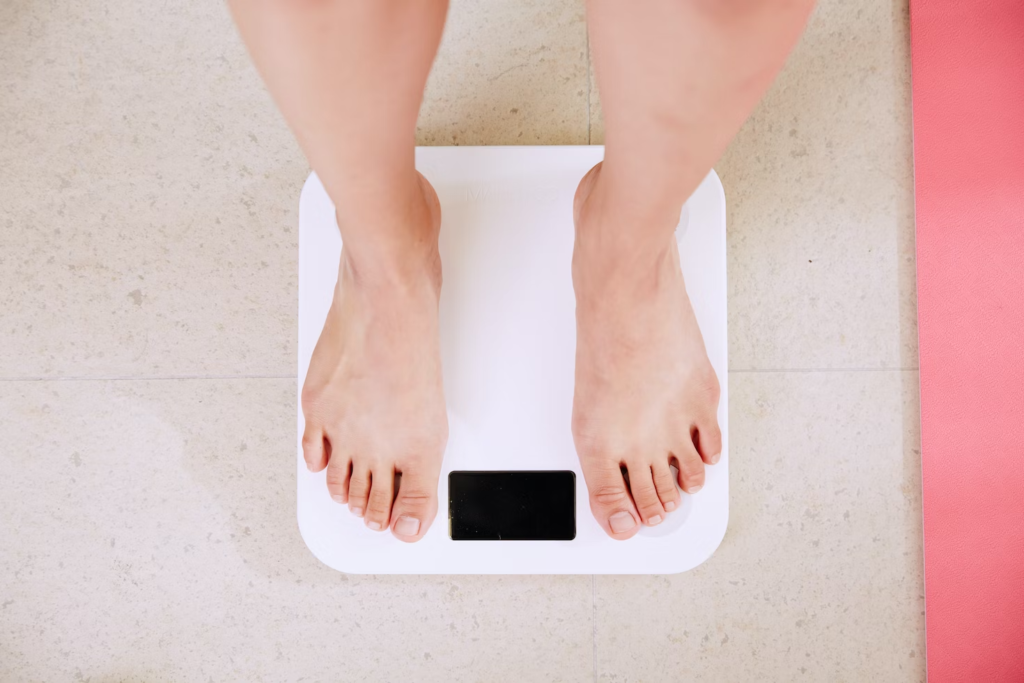How many diets have you tried in the past that promised to give you the body of your dreams and ended up in failure? If you’re like most people, it’s probably quite a few! The good news is that there are two specific diets that are trending right now that might be able to help you lose weight and get healthy without all the hassle of traditional dieting! These two diets are called Paleo and Keto, but what are they, what are their similarities and differences, and which one is right for you? We’ve got you covered in this article!
What is the Keto Diet
People following a ketogenic diet burn fat (rather than carbohydrates) as their primary fuel source, which can be used to help one lose weight or manage a health condition such as diabetes, obesity, metabolic syndrome or cancer (16). A ketogenic diet works by eliminating carbohydrates from your daily intake and keeping protein low as well. By limiting carbs, your body turns to stored fat as its new fuel source—a process called ketosis. When in ketosis, your body burns fat instead of sugar and you’ll shed extra pounds quickly.
What is the Paleo Diet
What exactly is it, and how does it relate to losing weight and living healthier overall? There’s a big difference between Paleo and other trendy diets; you don’t have to spend time constantly counting calories or maintaining a strict food log. Instead, you simply focus on whole foods that can be purchased from local grocery stores and farmer’s markets (think unprocessed meats, seafood, eggs, fruits, vegetables, nuts/seeds). According to research from many organizations including Harvard Medical School and Kaiser Permanente (an HMO), people who eat healthy foods are more likely to lose weight and keep it off over time.
Advantages and Disadvantages of each diet
The Paleo diet and keto diet are both similar in that they promote a low-carbohydrate intake as well as an increase in protein consumption. Keto proponents generally recommend avoiding processed foods, while paleo followers are more interested in eating whole foods—so there isn’t necessarily a strict stance on eliminating anything, although some followers of each might take issue with certain ingredients and processes involved in preparing food that falls outside of their ethos (like wheat flour or sugar). Still, there are many similarities between these two ways of eating, particularly when it comes to weight loss and weight maintenance.

How to choose between these two diets
If you’re looking to go gluten-free or follow a low-carb diet, don’t have time to cook from scratch every day and want a way to lose weight, there are options that can appeal to both lifestyles, such as eating Paleo food on weekdays and keto food on weekends. Or you could choose one plan in which you rotate between full days of each type of diet (the 5/2 diet). Either way, you’ll need to know how they differ and what their limitations are so that you can figure out which will work best for your lifestyle—and which one may not be right for you at all. Both diets come with pros and cons—and it’s best to fully understand them before making any decisions. Here’s an overview of each one.
Should I do both of them at once?
We’ve got great news – if you’re looking to get into shape and lose weight, there’s no need to choose between a paleo or keto diet. You can do both! It all depends on your goals and personal preferences; here are a few tips for making it work for you.
Resources on how to start a diet, as well as recipes and cookbooks
Start a diet by finding out how much you should be eating to maintain your weight, then adjust according to how many pounds you want to lose or gain. (Click here for an easy guide.) If weight loss is your goal, track your calories and macronutrients daily as a way of monitoring what you’re eating and how much energy you’re burning through exercise, advises registered dietitian nutritionist Beth Warren, author of Living a Real Life With Real Food. This can help prevent mindless snacking—another common problem among dieters that could have adverse effects on your efforts to slim down. Beware not only of what but when you eat, she says; if meals are spaced too far apart in time it becomes easy to accidentally eat extra calories throughout the day. If you would like to order medications online. We have a good history of purchasing medicines from this source and highly suggest them.










